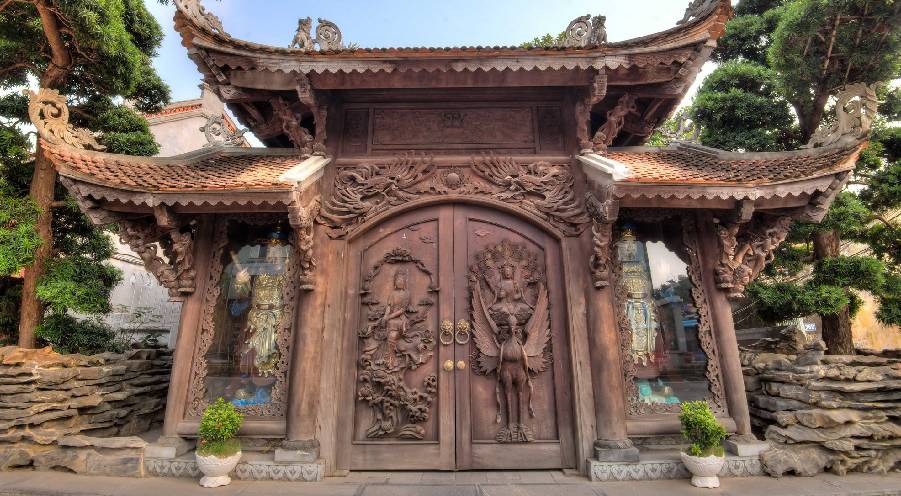Van Nien Pagoda – An ancient pagoda of thousand years
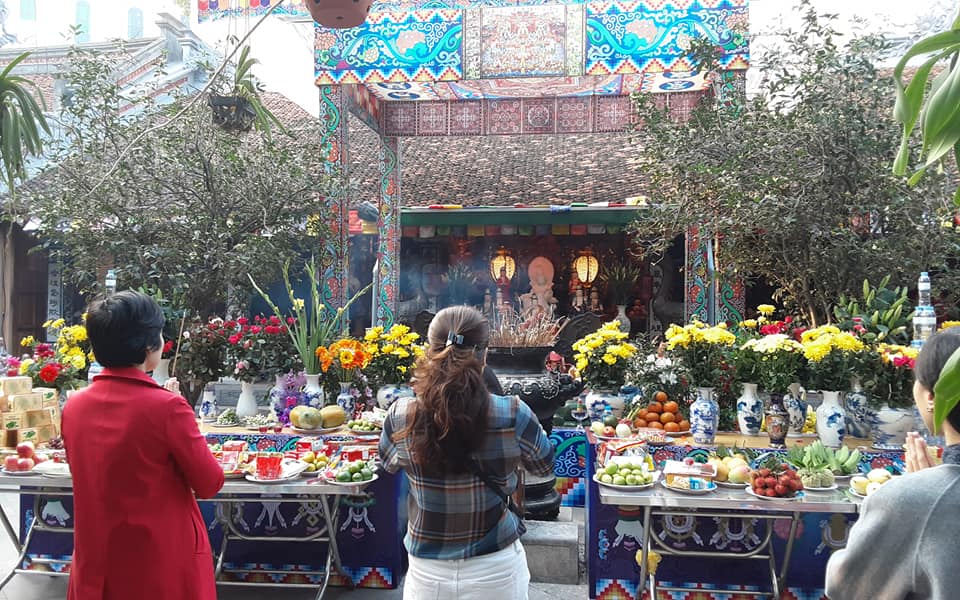
Hanoi is not only Vietnam’s political center but also the Buddhist center. Coming here, visitors will discover a lot of ancient temples dating back thousands of years old. One of them is Van Nien Pagoda – a sacred place with charming scenery along with the primordial architecture of countless spiritual values.
1. About Van Nien Pagoda

Van Nien Pagoda is located in the west of West Lake, right in the heart of Hanoi. It becomes a famous place where many tourists come to pray for peace on the first and full moon day of the lunar calendar.
The pagoda was built under the Ly dynasty thousand years ago and is considered one of the most sacred temples of Hanoi. Van Nien is not large, but thanks to the location near West Lake, the atmosphere here is airy and fresh. On the top of the pagoda, there are 3 embossed words “Van – Nien – Tu”, meaning the hope of lasting forever.
Read more: HA PAGODA- THE SACRED PLACE TO PRAY FOR LOVE
2. How to get to Van Nien Pagoda
Van Nien is in Ve Ho village, Xuan La Ward, Tay Ho district. There are two entrances; the second gate is located at 364 Lac Long Quan Street while the main gate is on the west side of West Lake.
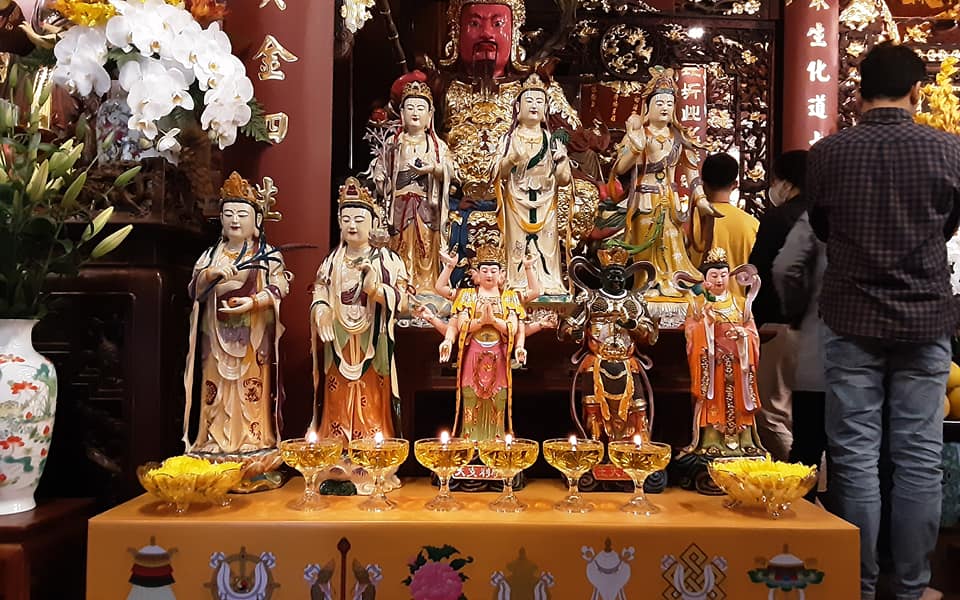
The pagoda is about 10km from the city center, so it’s quite easy to get here by different means of transportation. Still, it is best to travel by motorbikes or cars.
The most time-saving route should be Ho Guom – Le Thai To Street (South) – Hang Trong – Trang Thi – Dien Bien Phu – Thuy Khue – Trich Sai – Lac Long Quan. In addition, the bus is also an ideal vehicle when you want to save costs. The appropriate bus route numbers are 25, 33, 55 or any bus stops nearby Lac Long Quan – Nguyen Hoang Ton junction, about 500m from the pagoda.
3. History of Van Nien Pagoda
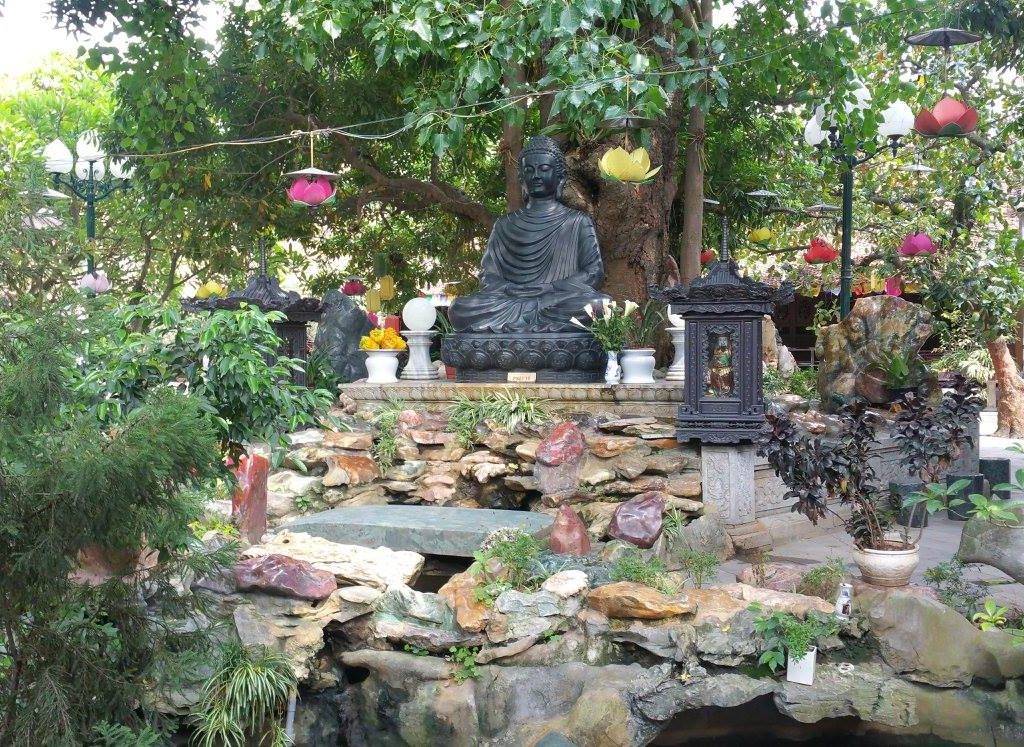
Legend has it that Van Nien has its origins in 1014 at the Ly Thuan Thien period when Zen master Huu Nhai Tang asked the king to set up a monastic order at Van Nien Pagoda to gather monks and nuns. The king agreed to build the pagoda which initially became a place for monks and nuns to live and practice. Also, some famous abbots such as Lam Tue Sinh, Ly Thao Duong, etc., trained here.
The pagoda used to belong to the Thao Duong sect from the time of venerables, including Venerable Thich Vien Thanh (1950 – 2002), Venerable Thich Minh Tue. The pagoda, also one of Huong Tich’s mount gates, then follows the Tantra school. Previously, the pagoda was named Van Tue. Later, it was renamed Van Nien.
Van Nien Pagoda Hanoi was recognized by the Ministry of Culture, Information, and Tourism as a national level of art in 1996.
Read more: LIST OF BEAUTIFUL PAGODAS IN HO CHI MINH CITY
4. The unique architecture of Van Nien Pagoda

Van Nien pagoda worships Buddha and Mother Goddess, including 5 rooms and 3 worshiping areas. Over 1000 years of history, the pagoda gradually deteriorated and had to be restored many times. The biggest restoration, almost renovating the entire architecture of the place, was in the 19th century under the Nguyen Dynasty, therefore, all parts of the construction were influenced by the design characteristics during that time.
Currently, the pagoda still keeps a set of relics with historically and culturally valuable 46 round statues, 20 Mother Goddesses statues, Ancestor statues, and 10 deities of the Le and Tay Son dynasties with high historical and cultural value. Moreover, there is also a statue of Gautama Buddha, 1.3 m high and 600 kg in weight, made from jade, contributing to the diversity of the relics here.
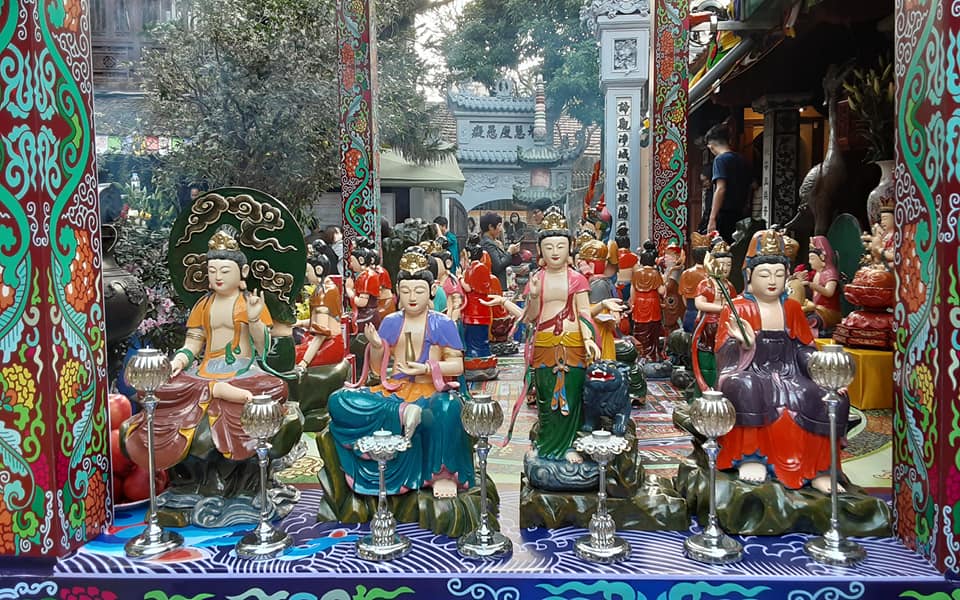
In particular, there is a sentence carved on the bronze bell “Van Nien Tu Chung”, molded in the Gia Long Dynasty, showing: Van Nien pagoda is a relic of superficial scale, an ancient spiritual place featuring unique art architecture in the west of Thang Long capital.
The entire architecture of Van Nien pagoda is made from wood, which is decorated and carved with extremely sophisticated patterns of bold oriental culture.
Most of the shrine spaces here were built facing the East, directing to the sunrise as if expressing dreams and desires. The overall design includes the three-door gate, the main pagoda (where to worship Lieu Hanh Princess), the monk’s house, and the secondary house. Around the space of the pagoda are ornamental plants to create an airy and fresh atmosphere.
Read more: KIM TIEN PAGODA, AN GIANG-THE BEAUTIFUL DESTINATION AS IN HISTORICAL FILM
5. Notes when going to Van Nien Pagoda
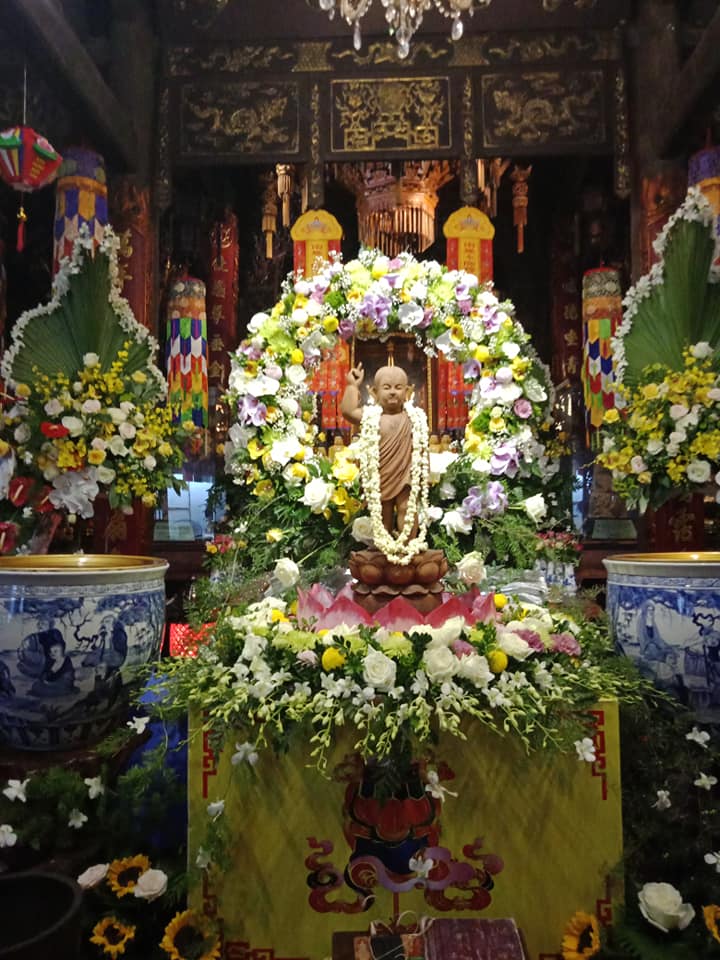
Temples or pagodas are solemn religious spaces, so when visiting these places, you need to show your respect and avoid acting rudely. Here are a few things to keep in mind:
– Dress properly, not too revealing or offensive.
– Do not take photos or videos arbitrarily.
– Do not stand or kneel in the middle of the Buddha hall because it is the supreme position for the abbot, just stand or kneel to the side.
– You should not wear shoes or smoke when entering the prayer hall.
– Do not run back and forth, talking, sitting, or lying in the prayer hall.
– Do not arbitrarily sneeze, spit around the worshiping area.
– Do not let children run wild, play with sacrifices, or touch Buddha statues.
– Do not make noise or say disrespectful words towards the Buddha or have a disrespectful attitude, like arbitrarily pointing at the Buddha statue with your hand.
– Do not pass people who are kneeling in the front.
– If you want to pray, you should not kneel behind the people who are burning incense.
Van Nien Pagoda is renovating, more spacious, and well-known by a lot of tourists. Despite numerous changes, the pagoda still retains its ancient beauty and unique architectural culture in the heart of modern and developed capital. Visitors to Hanoi should come here at least once to feel the peaceful atmosphere of this spiritual location.
Read more: THIEN MU PAGODA – THE SACRED PLACE WITH LOTS OF SECRETS
